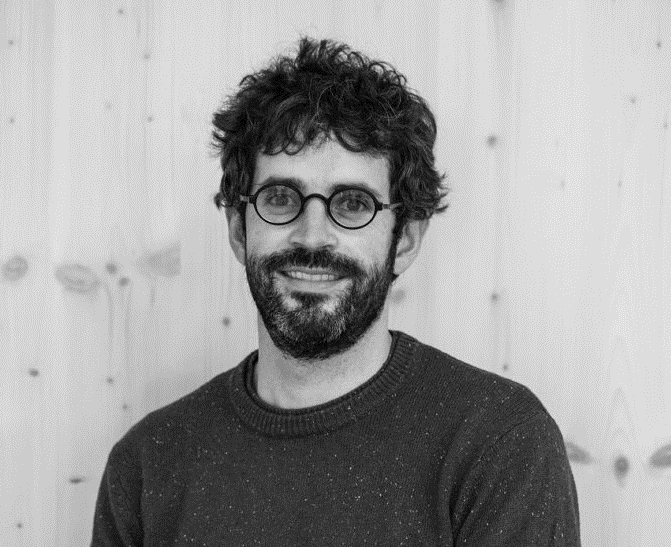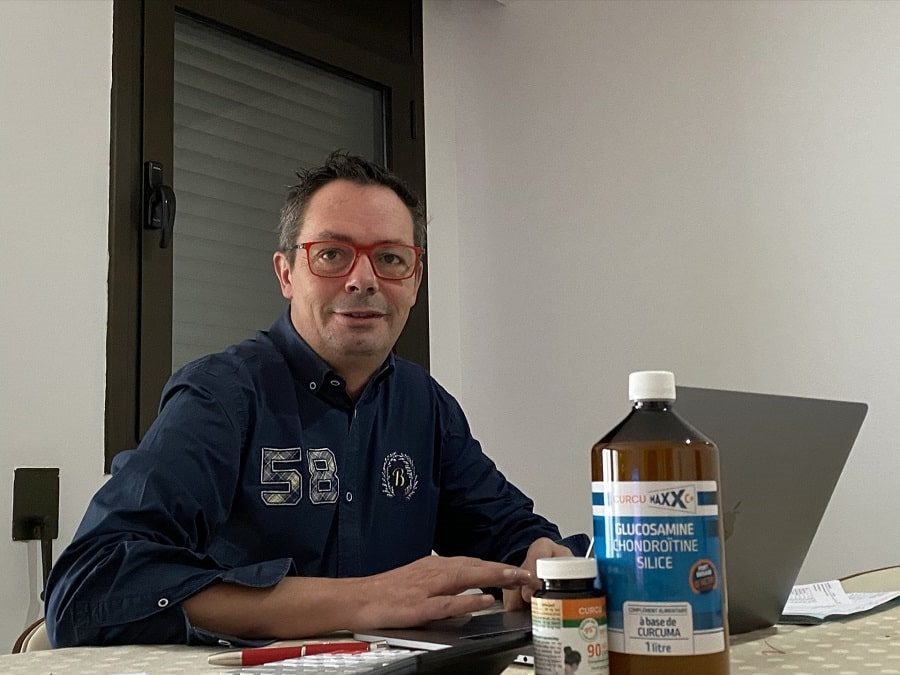 Money is multifunctional. And yet, the main function of money is the purchase of goods and services, which makes it possible to determine their market value. The population’s purchasing power is one of the main indicators of the country’s economic and social development. What is the purchasing power of Andorra now? Pere Augé, CEO and founder of Augé Holding Group, answers these and other questions.
Money is multifunctional. And yet, the main function of money is the purchase of goods and services, which makes it possible to determine their market value. The population’s purchasing power is one of the main indicators of the country’s economic and social development. What is the purchasing power of Andorra now? Pere Augé, CEO and founder of Augé Holding Group, answers these and other questions.
Interview: Irina Rybalchenko
The post-pandemic effect has generated a generalized increase in prices which has affected the purchasing power of citizens. The Government of Andorra has had to react to this phenomenon. In 2022, a series of initiatives aimed precisely at establishing various measures that would help increase the purchasing power of citizens were set in motion. What are these legislative initiatives about?
Indeed, the pandemic caused unprecedented effects on the world economy. The world stopped, factories stopped producing, and once activity recovered, the cost of products and their transport became more expensive. So that this was reflected in an increase in prices constant and growing. The CPI of 2021 closed with an increase of 3.3%. Even more evident was the inflation in 2022, with an increase in the CPI of 7.1%. Faced with this phenomenon, the Government of Andorra increased the monthly interprofessional minimum wage to 1,157.00 EUR. It again modified it, especially due to the effect of the Ukraine/Russia war and the increase in fuel costs, increasing in May 2022 up to 1,201.00 EUR.
Precisely Law 17/2022 of June 9 on measures to improve people’s purchasing power to combat this imbalance between inflation and wages, approved an increase in wages below 27,130 EUR per year with a 3.3% for those wages that had not been increased during the last 12 months or that the modification had not reached said level.
In the same sense, pensions increased by 3.67%.
Likewise, an extraordinary credit was approved in the same legal text to deal with a whole series of additional aid linked to combating the loss of purchasing power. It should be remembered how measures were implemented to improve access through study grants, fuel consumption, heating consumption in winter or establishing free public transport in a generalized way.
In January of this year, additional measures were taken to index wages in the country, if I remember correctly…
At the end of the year, the inflationary process reached its maximum level, with an IPC of 7.1%. Thus, Law 6/2023 of January 19 on urgent measures to improve the purchasing power of citizens and in the matter of housing leases, agreed on the revaluation of wages comprised between the minimum wage and that of 48,000 EUR per year, up to 7.1% for the lowest level (it calculated according to a specific mathematical formula. It means the interprofessional minimum wage was increased again to 1,286 EUR monthly.
In the same sense, pensions were updated with a 7.1% increase.
The formula of the forced extension for one year of rental contracts for a property less than 1,500 EUR per month was also maintained. Law 6/2023 further strengthens this measure, limiting the increase in the rental price to a maximum of 5% at the end of the contract in five years (despite the 7.1% of the CPI), lowering the increase to 2% for actual contracts.
In general, we can therefore say that the Government of Andorra has reacted appropriately to the effects of inflation on people’s purchasing power, taking measures that, however, not everyone liked.
What is the current purchasing power of the population in Andorra, and how can it be calculated?
If we start from the interprofessional minimum wage, we see that from 2022 this has increased by 14% to 1,286 EUR, and at this moment, it is the seventh highest compared to EU countries, after Luxembourg (2,387 EUR), Germany (1,987 EUR), Belgium (1,955 EUR), the Netherlands (1,934 EUR), Ireland (1,910 EUR) and France (1,709 EUR). Spain is below with 1,260 EUR. For comparison, the interprofessional minimum wage in Switzerland is 3,901 EUR.
The total average salary in Andorra at 2,360 EUR, while the median salary or what we would say is the most frequent, was recently at around 1,870 EUR per month.
It is very important to note here that it would be very useful to establish collective bargaining between trade unions, employers and business organizations such as CEA and strengthen them over the years. The anomaly is that although the unions mostly represent civil servants, they are not yet sufficiently organized in the private sector. Andorra has 6,000 civil servants and almost 40,000 employees. In fact, those who achieved an overall 7% wage increase were civil servants dependent on the government. The employers’ association was unable to agree on a sectoral approach to wage increases, and the government had to make this decision instead of the employers of these companies.
We saw the measures taken to curb the inflationary effects on housing. But here in Andorra, we had a double phenomenon. Some foreign investors buy expensive properties driving up the price of the housing. How would you comment on it?
The real problem is not foreign investors. Andorra has to have premium housing like any country in the world. These foreign investors generate expenses in other sectors, which is positive for the country’s economy. Punishing the foreign investor and demonizing him as the cause of society’s ills would be absurd, especially if we are talking about housing.
The main tensions are motivated essentially by the lack of supply and excess demand for housing at an affordable price.
What does an affordable price mean?
For me, it is more appropriate to say the acceptable price because it´s still not for everyone.
The housing problem in Andorra goes back a long way. Historically, the various Governments have not made an active policy of access to housing at an affordable (or acceptable) price. The pandemic and the inflationary phenomenon have made the situation worse. So the current government is forced to react and implement an active policy in the field of generating new housing at an affordable price.
With regard to foreign investment, we must remember how the country’s economy was in 2011, in the middle of a global crisis. Opening up the economy and liberalizing foreign investment in favor of economic diversification was the only solution. This was shown by the years that allowed us to recover at a good pace, even better than in other countries around us.
Does this mean that without foreign investment today, the country of Andorra would still be in recession?
Foreign investment represents approximately 18% of GDP of Andorra. According to the statistics, our country would not be growing as it is without foreign investment. However, we cannot deny the imbalance between the effect of this foreign investment and the lack of accessible housing. No matter what you do, it will never be enough.
As a defender of foreign investment and the positive effect on our economy, I like to say that we are a country of snow, an economic slalom. When we have a recession, foreign investors generate profits that turn into taxes. Thus, the government expands its resources to return later to the people. However, not all employers are aware of their responsibility to employees. I call for giving back to our workers all the benefits that enabled us to recover from all past crises by actively working to improve their purchasing power and quality of life.
How do you see the solution to the housing problem?
I see only one solution: public-private cooperation is increasingly required to find a permanent solution to this problem. Along with a strategy for the government to buy private buildings and turn them into accessible rental housing, the country must have a global strategy.
ll 7 parishes of Andorra should play a major role, taking into account real needs and ceding land at zero cost for development. At the same time, private promoters, using the most sophisticated prefabrication technologies and with the sustainability derived from neuro-urbanism, would commit to building cheaper and better in less time. And we are talking about constructing houses in privileged and authentic places. This would allow us to send an optimistic signal to the world about the solution to the housing problem and become a reference point in the issue of greatest social concern worldwide.
Which countries show the highest purchasing power in Europe and why?
According to the World Bank, in 2021, the income or GDP per capita of Andorra was 42,137 USD, higher than that of Spain, 30,103 USD and lower than that of France, 43,659 USD. Additionally, Portugal 24,657 USD, Ireland 100,172 USD, Switzerland 91,991 USD, Luxembourg 133,590 USD, The Netherlands 57,767 USD, Monaco 234,315 USD, San Marino 45,320 USD, and Liechtenstein 157,755 USD.
We see that these are either industrially developed exporting countries or countries with a certain strategic added value. Andorra should probably be included in the group of small countries with a large added value. But we are still far from Liechtenstein, Monaco and even San Marino, not forgetting larger countries like Ireland or Luxembourg.
And this task falls on those responsible for the future international representation of the country and who must continue to strengthen the promotion of the powerful national brand of Andorra, as our country deserves!










